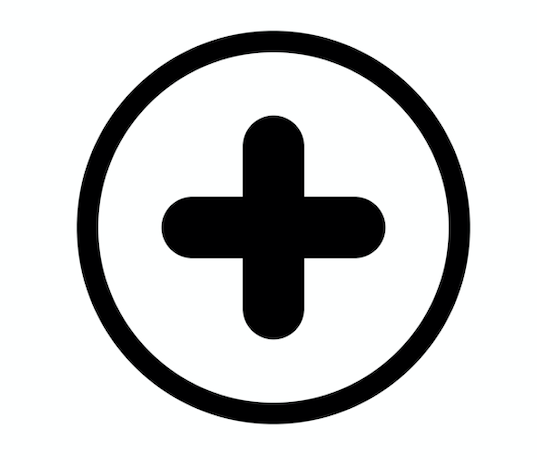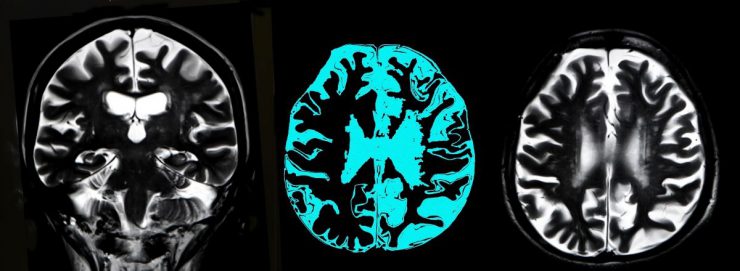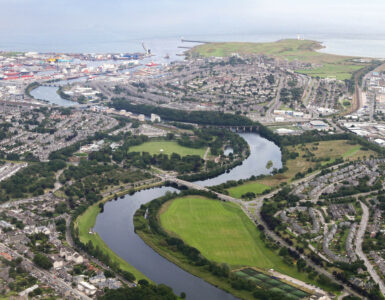You might think nuclear power is only used for generating electricity, but did you know that without nuclear power and the scientific research involved, we wouldn’t be able to diagnose illnesses, keep our food fresher for longer or be warned of fires by smoke alarms?
Read on to find out more surprising uses of nuclear power…
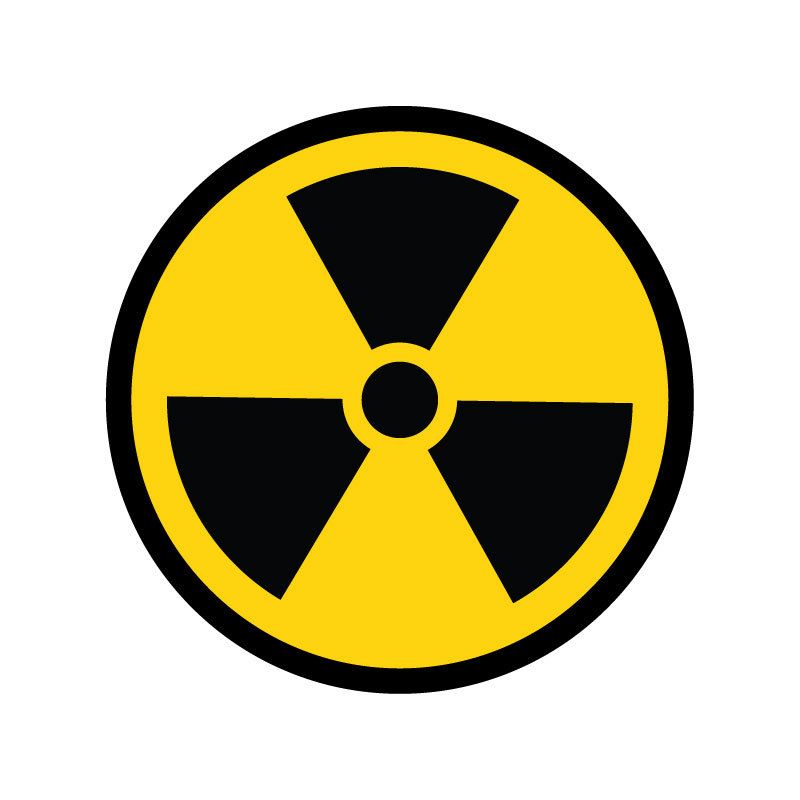
There are three kinds of nuclear radiation: Alpha radiation can be stopped by paper; Beta radiation can be stopped by a few mm of aluminium (like kitchen foil); and Gamma radiation can be stopped by a few cm of lead.
Food Irradiation
“Irradiation” might seem like a scary word, but it simply means using nuclear energy or radiation to kill off harmful bacteria in food, such as salmonella, E.coli and other food poisons. It also helps keep food fresher for longer.
This helps us not waste food as well as transport food around the world without losing freshness.
Unfortunately, this doesn’t work if the food is already off, so step away from that out of date chicken.
It involves using beta and gamma rays in a process called ionising radiation.
Ionising radiation involves the radiations from radioactive materials breaking molecules into smaller bits, or ions. Ions are then able to take part in chemical reactions in living cells.
Food does not become radioactive once this process has taken place, as there is a difference between exposure to radiation and becoming radioactive.
These foods are completely safe to eat, and the chances are you’ve had fruit or meat that has been treated this way without even knowing it!
In fact, NASA astronauts eat irradiated food when in space, to avoid getting sick from food that has been stored and travelling a long time, as well as to last them for the length of time they’ll be in space.
They need to make sure they are receiving all the nutrients they need from different types of food, so all of these types of food need to be blasted with radiation to keep them fresher for longer. Fruit and veg last for a few weeks, while fish and meat can last between 3-5 years!
And that’s not the only link between NASA and nuclear power…
Space Travel
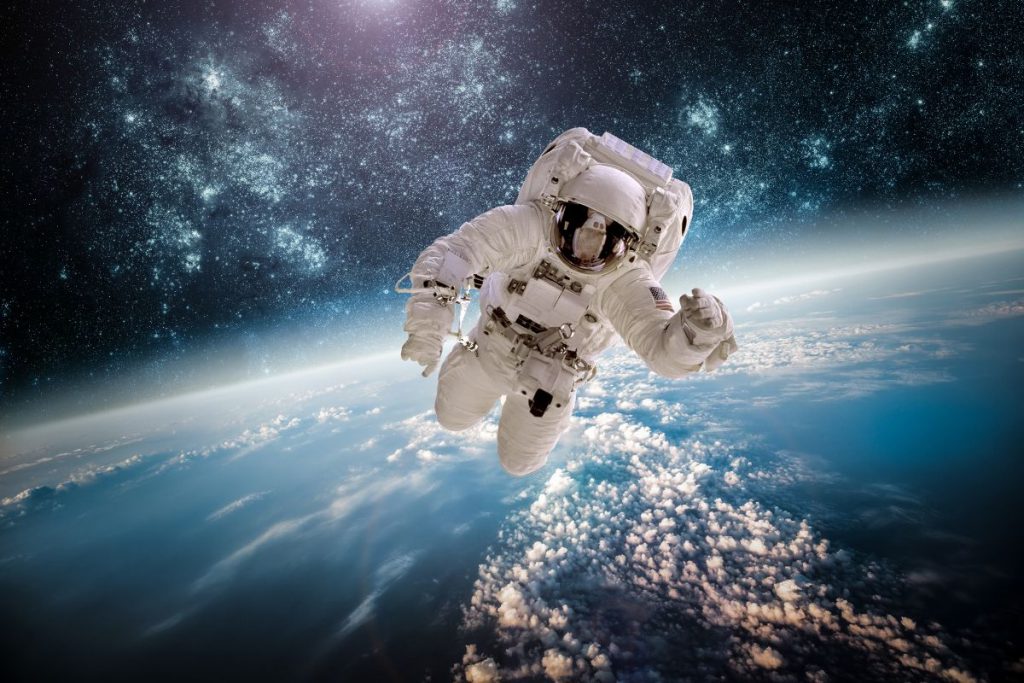
Nuclear technology is also used to provide power and heating on space missions, using the heat produced from the decay of a radioactive substance to generate electricity!
No decay heat is wasted, as the excess is pumped around the spacecraft to provide heating for the astronauts as well as the equipment, so they can function in cold environments or those missions where the sun is not within reach to power solar panels.
For example, NASA’s Curiosity Mars mission uses nuclear energy in order to keep the equipment from freezing in Mars’ cold climate, as well as produce electricity.
Smoke Alarms
In the majority of smoke alarms, there is a tiny amount of radioactive substance americium-241, which is a source of alpha radiation. There are smoke alarms that use light sensors to detect if there is smoke in the air, but these are more expensive and can sometimes be less accurate.
Americium is a by-product of fission reactions in nuclear reactors.
One gram of americium is enough to use in 3 million smoke alarms!
Medicine
Nuclear energy has a place in medicine for both diagnosis and treatment of disease and illness, as well as used for sterilising (cleaning) medical tools and equipment. In fact, it’s known as nuclear medicine!
Nuclear medicine is safe, painless and doesn’t require any surgery. Patients will only ever be given as much exposure to radiation as is needed to make a diagnosis that the doctor is quite sure of.
Diagnosis
NUCLEAR IMAGING:
Patients swallow medicine or get jags to allow radioactive material to travel around their bodies, so that gamma cameras can then pick up the images and radiation given out. This type of radiation is used when looking at tissue or organs and how they are all working together e.g. PET scans.
RADIOLOGY:
This is different from X-rays, which sends radiation through the body to form a whole image to see what is wrong. This type of radiation is used when looking at specific areas such as the chest or the leg e.g. CT or MRI scans, like the image at the top of your screen.
Treatment
Radiation is used in the treatment of several diseases, such as cancer. Radiotherapy involves targeting the area, for example an organ like the lung, without affecting the rest of the body with unneeded radiation, the same way it does when diagnosing illness.
Sterilising
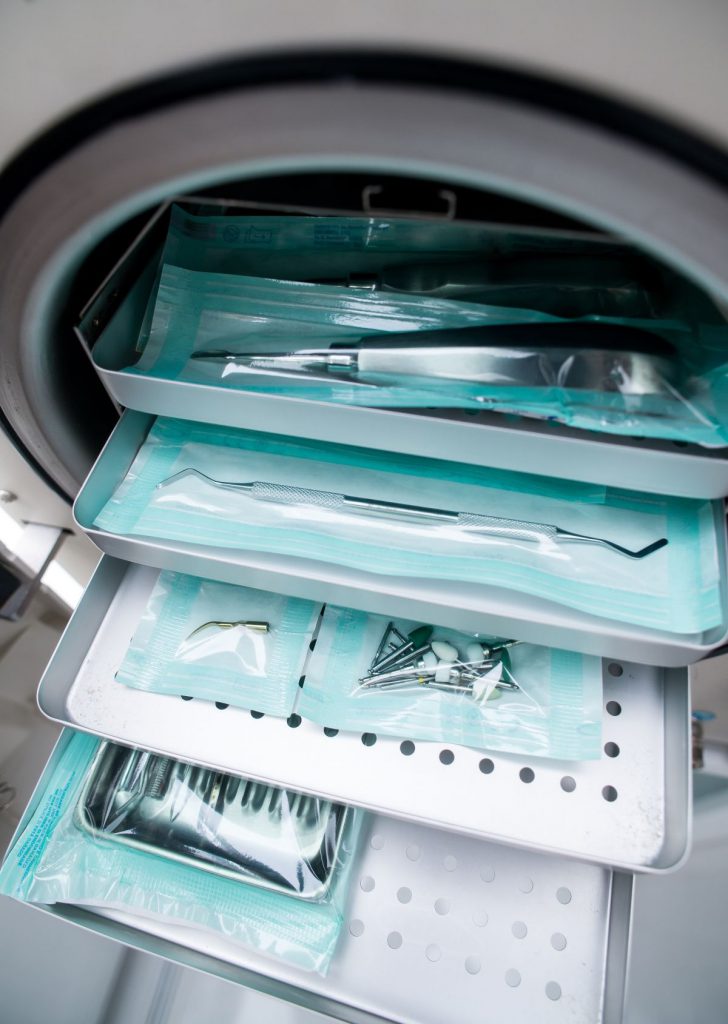
You might be aware that heat can be used to clean or sterilise lots of things, such as food (cooking raw food is an everyday example killing bacteria). However, sometimes, heat sterilisation is too damaging to be used on objects like medical clothing and gloves.
This is where gamma rays come in, as they can be used to sterilise all of the above. They can even be used to sterilise blood for transfusions!
Contact lens wearers might be interested to know that the solution you use to clean your lenses are also sterilised with radiation.
